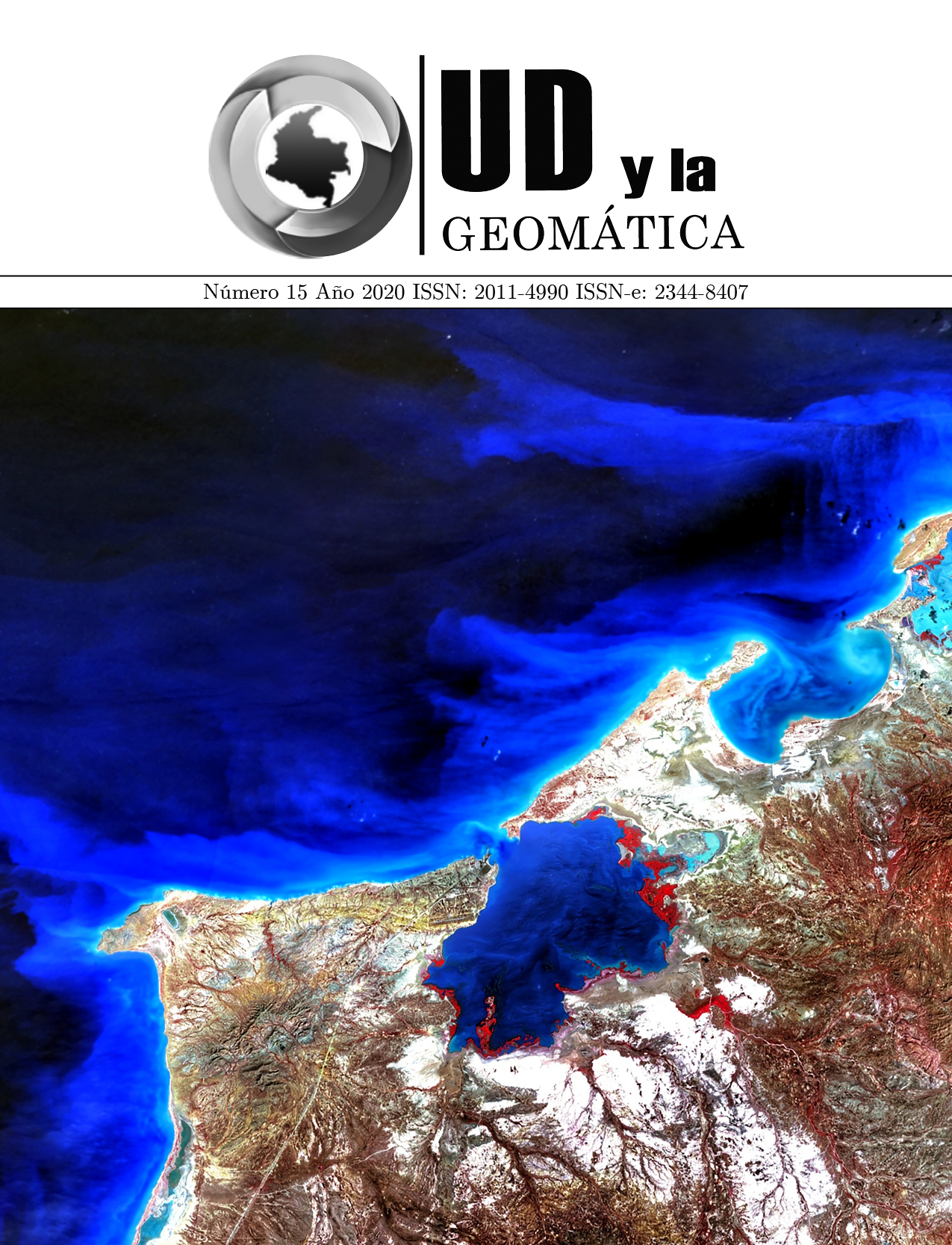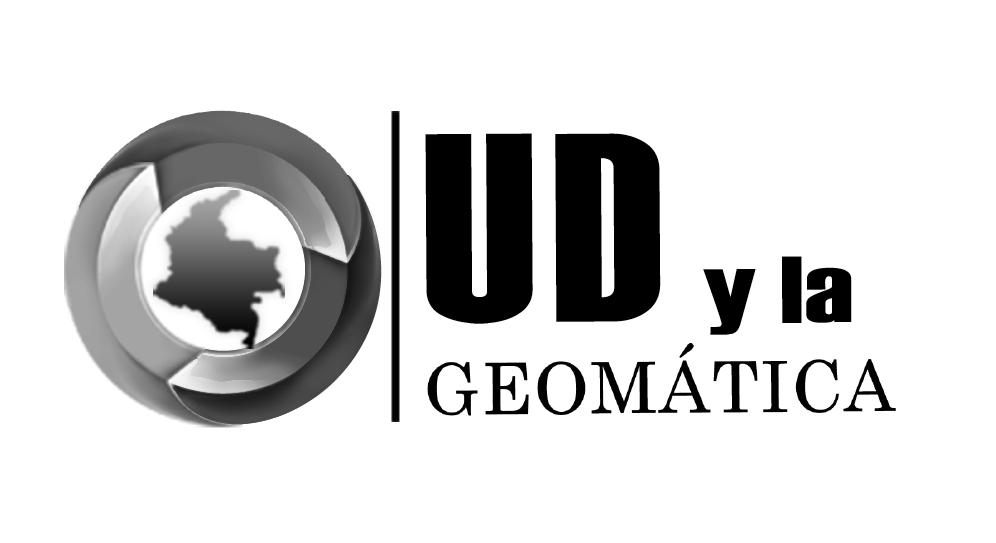DOI:
https://doi.org/10.14483/23448407.16720Publicado:
2020-12-04Número:
Núm. 15 (2020)Sección:
Artículo de investigación científica y tecnológicaData mining techniques for road accidentes
Clustering versus complex netwoks
Palabras clave:
Road Safety, Clustering, Complex Networks, Decision Rules, Data Mining (en).Descargas
Resumen (en)
This work analyses the performance of grouping methods based on complex networks and clusters, in order to identify main road accident groups and risk factors. The research included a balancing step of data classes, used in the classification and extraction process of decision rules applied in each grouping. Then, was possible the assessment and visualization of critical areas of traffic accidents involving victims with material damage, non-fatal and fatal victims. The results pointed out that complex networks present better possibility of generalization for different subsets of data, and higher accuracy in group formation when compared to traditional clustering methods. The use of complex networks aided in the process of acquiring decision rules with higher level of confidence, and higher probability of occurrence.
Resumen (es)
Este trabajo analiza el rendimiento de los métodos de agrupación basados en redes y clústeres complejos, con el fin de identificar los principales grupos de accidentes de tráfico y factores de riesgo. Una investigación incluyó un paso para equilibrar las clases de datos, utilizadas en el proceso de clasificación y extracción de reglas de decisión, aplicadas en cada grupo. Entonces, fue posible evaluar y responder a áreas críticas de accidentes de tránsito, que involucran daños materiales, víctimas no fatales y fatales. Los resultados señalaron que como redes complejas presentan una mejor posibilidad de generalización para diferentes subconjuntos de datos y una mayor precisión en la formación de grupos, en comparación con los métodos tradicionales de agrupación. El uso de redes complejas ayuda en el proceso de adquisición de reglas de decisión con un mayor nivel de confianza y una mayor probabilidad de ocurrencia.
Referencias
BERTON, L.; FALEIROS, T.; VALEJO, A.; VALVERDE-REBAZA, J.; AND LOPES, A. A. RGCLI: Robust Graph that Considers Labeled Instances for Semi-Supervised Learning. Neurocomputing, (2016).
CHANG, L.; WANG, H. Analysis of traffic injury severity: An application of non-parametric classification tree techniques. Accident Analysis and Prevention, v. 38, p. 1019–1027, 2006.
CLAUSET, A., NEWMAN, M. E., MOORE, C. Finding community structure in very large networks, Physical Review E., Vol 70, Nº. 6, 2004.
DE OÑA, J.; LÓPEZ, G.; MUJALLI, R.; CALVO, F. J. Analysis of traffic accidents on rural highways using Latent Class Clustering and Bayesian Networks. Accident Analysis and Prevention, v. 51, p. 1–10, 2013.
LI, J.; FONG, S.; WONG, R. K.; MOHAMMED, S.; Fiaidhi, J.; Sung, Y. A suite of swarm dynamic multi-objective algorithms for rebalancing extremely imbalanced datasets. Applied Soft Computing Journal, p. 1–22, 2017.
LIN, L.; WANG, Q.; SADEK, A. W. Data Mining and Complex Networks Algorithms for Traffic Accident. Transportation Research Record Journal of the Transportation Research Board, January 2014.
NEWMAN, M. E. J. Coauthorship networks and patterns of scientific collaboration. In: Proceedings of the National Academy of Science of the Uninted States, v. 101, n. PNAS’04, p. 5200–5205, 2004.
ROUSSEEUW, P. J. Silhouettes: a graphical aid to the interpretation and validation of cluster analysis. Journal of Computational and Applied Mathematics, v. 20, 53–65, 1987.
Cómo citar
APA
ACM
ACS
ABNT
Chicago
Harvard
IEEE
MLA
Turabian
Vancouver
Descargar cita
Licencia
La revista UD y la Geomática se encuentra bajo una licencia Creative Commons - 2.5 Colombia License.
Atribución - No Comercial - Sin Derivadas






